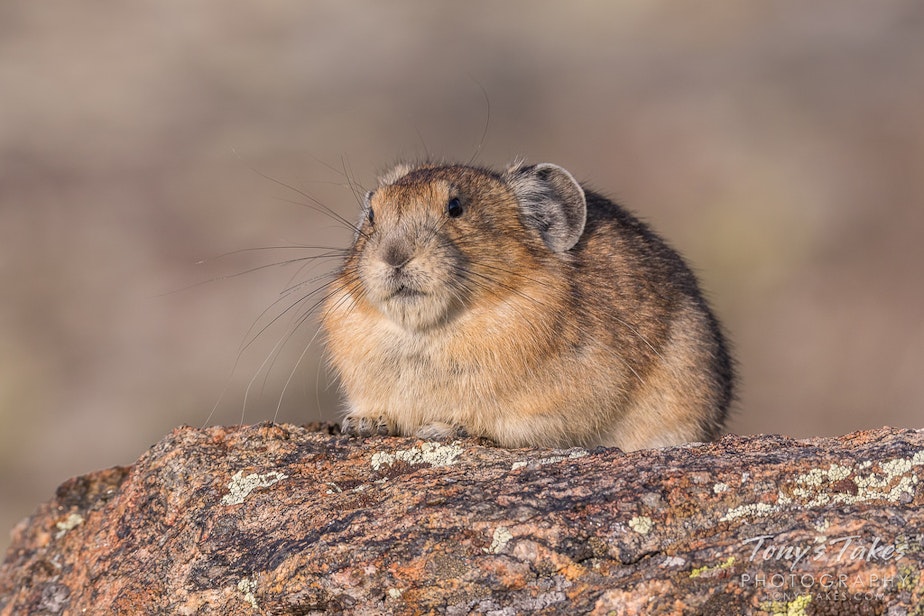Real-life Pikachu may be defeated by climate change, scientists fear

Pikas are little rabbit-like mammals that could fit in the palm of your hand. They’re often seen scurrying around rocky alpine slopes with their mouths full of wildflowers.
Pikas like it cold, so, as the climate has warmed, they’ve disappeared from lower elevations where they used to live.
For years, scientists thought pikas were adapting to climate change by moving uphill. But new research indicates the news is even worse than that.
Pikas aren’t adapting to climate change by moving uphill. In fact, because of the way they move around the landscape, they’re not adapting to climate change at all.
Michael Russello and his fellow researchers at the University of British Columbia used DNA sequencing to track the movements of pikas in the North Cascades.
Sponsored
What they found was, when young pikas strike out on their own, they tend to move downhill to look for living space. And, once they get there, they’re dying off instead of establishing lower-altitude populations.
Since pikas aren’t moving uphill, and they’re not establishing downhill populations, Russello said, “As the climates warm, that strip of available habitat is just getting narrower and narrower and narrower.”
That’s bad news for alpine ecosystems as a whole, said Joseph Stewart, a Ph.D. candidate in conservation biology at the University of California in Santa Cruz. Stewart has studied pikas and climate change, but he was not involved in this particular study.
“Pikas are part of the food chain,” he said. “They’re food to owls and hawks and coyotes and snakes and weasels.”
Sponsored
He added that they also move plants and soil around and change the way water moves through the landscape.
Russello said he can imagine needing to transfer pikas uphill in the future to save them, but he doesn’t think that’s necessary, yet.

